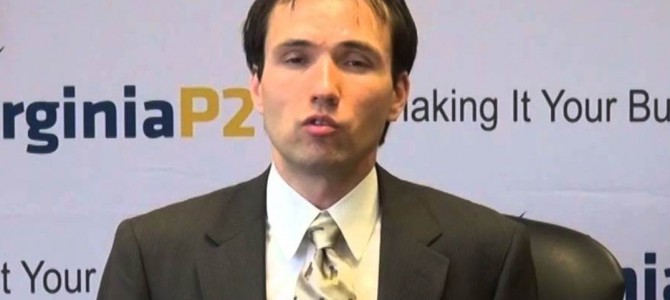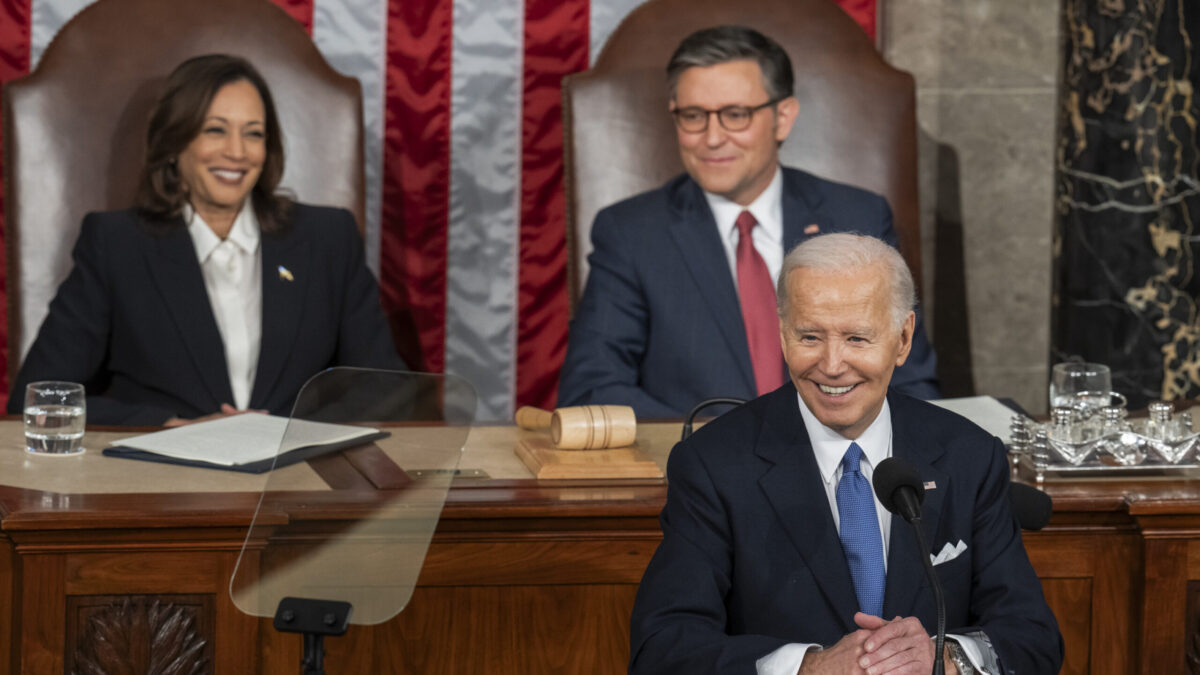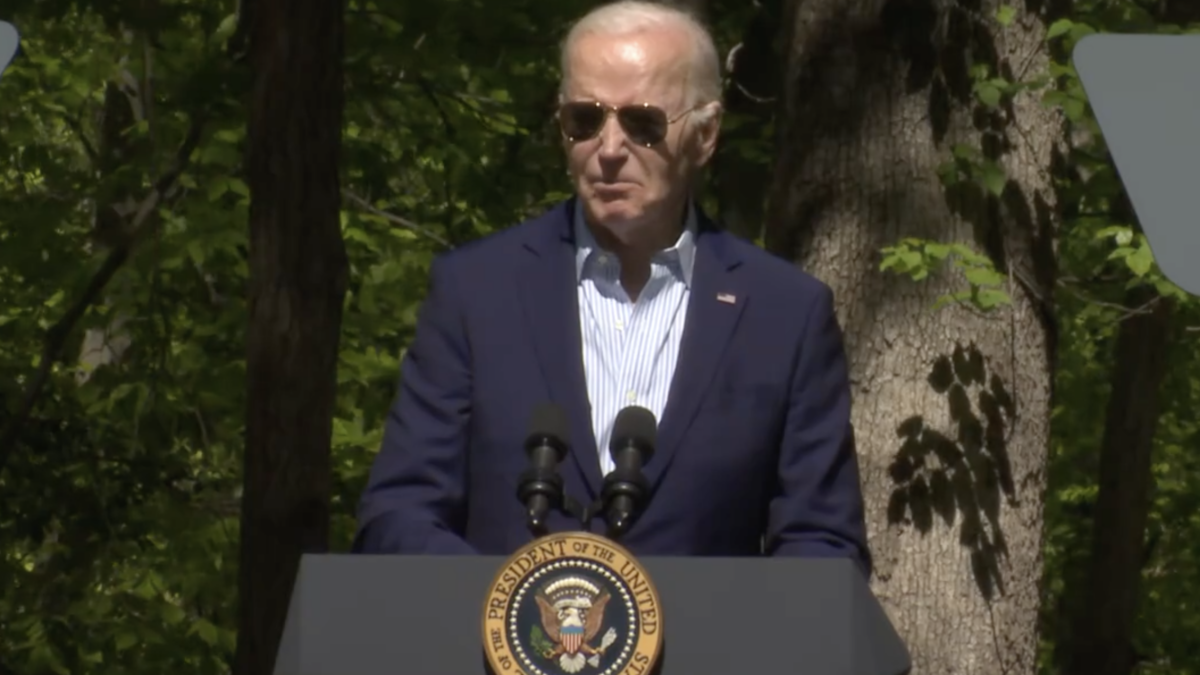Many commentators on the Left and Right have asserted that Robert Sarvis, who received over 145,000 votes in a race that was decided by 55,000, is responsible for Ken Cuccinelli’s loss in Virginia. A look at the data, however, suggests that Sarvis wasn’t a spoiler at all.
With only two precincts left to be reported out of more than 2,500, it looks like Cuccinelli won 90 counties in Virginia, while McAuliffe won 43. In Cuccinelli counties, the average margin of victory was 24.8 percent. In McAuliffe counties, the average margin was 21.9 percent. All of the data I analyzed comes directly from an Excel spreadsheet of the county-by-county totals released by the Virginia Board of elections, which you can find here.
In the end, Cuccinelli only lost by about 55,000 votes, or 2.5 percent. Sarvis pulled in 145,000 votes, or 6.5 percent. So Sarvis must have cost Cuccinelli the state, right?
Not really.
In the counties that Cuccinelli won, Sarvis received 7 percent of the vote (71,146 votes), while in the counties that McAuliffe won, Sarvis received 6.1 percent of the vote (74,149 votes). Sarvis actually received the majority of his votes from counties that were overwhelmingly won by Terry McAuliffe. The dynamic is the same if we look at the average Sarvis support in each county (as opposed to spreading out all the Sarvis votes across the counties and calculating percentage support that way). Sarvis received an average of 6.9 percent of the vote in each Cuccinelli county and 6.3 percent of the vote in each McAuliffe county.
Remember that the total difference between your average Cuccinelli county (R+25) and your average McAuliffe county (D+22) was a swing of nearly 47 percent, yet the difference in Sarvis support between those two massively different electorates was less than 1 percent.
Those numbers — namely the fact that there is so little difference in Sarvis support in counties with wildly different candidate preferences — strongly suggest that Sarvis was a “none of the above” candidate, not a Cuccinelli siphon or a traditional spoiler in the mold of Ralph Nader.
Exit polls also support this conclusion. For example, while Sarvis received only 6.5 percent of total votes cast, he received 15 percent support from 18 to 29-year-olds, not an age group that traditionally supports Republicans (Obama won this Virginia demographic by 25 points in 2012).
But what about splits by ideology? Sarvis received only 3 percent of votes from self-described conservatives, but he garnered the support of 7 percent of liberals (McAuliffe won this demographic by 85 points) and 10 percent of moderates, the largest ideological bloc in the state (McAuliffe won this group by 22 percent). Liberals were more than twice as likely as conservatives to support Sarvis.
For a so-called conservative spoiler, Sarvis received an awful lot of votes from groups that would be described as traditionally liberal, not conservative. This is not surprising, though, given the myriad liberal positions espoused by Sarvis, who nonetheless cast himself as a libertarian.
There are many reasons why Cuccinelli lost, but Robert Sarvis was not one of them.
[UPDATE]: The case for Sarvis as spoiler is even weaker than I initially thought. The charts below show the results of a series of calculations I ran using data from the above exit polls. Table 1 below takes the exit poll data and uses a little math to show the total vote percentage provided to each candidate by each ideological group (as opposed to just showing percentage support within each group).

Table 2 below uses the group percentages (e.g., 83 percent of conservatives supported Cuccinelli, 56 percent of moderates supported McAuliffe, 7 percent of liberals supported Sarvis) to determine how the vote percentages for McAuliffe and Cuccinelli might have been different had Sarvis not run. For example, the results in this table assume that 83 percent of Sarvis’ conservative supporters would’ve voted for Cuccinelli, while 17 percent of Sarvis’ conservative supporters would’ve voted for McAuliffe. The results further assume that all Sarvis’ supporters would have voted for one of the other two candidates, rather than just staying home.

You will notice that under these assumptions, which make intuitive sense given that Sarvis received a majority of his votes from counties and ideological groups won by Terry McAuliffe, Sarvis’ presence in the race may actually have helped Cuccinelli. Without Sarvis, McAuliffe’s vote share increases by 4.2 percent, while Cuccinelli’s share only increases by 2.7 percent. On net, McAuliffe’s margin of victory would have increased by nearly 1.6 percent without Sarvis in the race.
Using similar assumptions as in Table 2, Table 3 below goes even further and tries to figure out how many Sarvis’ supporters would have needed to vote in order to eliminate McAuliffe’s 2.5 percent margin of victory. The results in this table assume 100 percent of Sarvis’ liberal supporters would have voted for McAuliffe, while 100 percent of Sarvis’ conservative supporters would have voted for Cuccinelli. It then uses the “Solver” function within Microsoft Excel to determine what percentage of Sarvis’ moderate supporters would have needed to vote for Cuccinelli in order to erase McAuliffe’s lead.

The results? Not only would Cuccinelli have needed all of Sarvis’ conservative supporters, he would’ve needed 82 percent of the moderates to vote for him. Is that plausible? Hardly. How do we know? Because according to the exit polls, McAuliffe beat Cuccinelli among moderates by 22 points. It thus strains credulity to believe that four out of every five moderate Sarvis supporters would have magically supported Cuccinelli had Sarvis not been in the race.
Most of Sarvis’ supporters came from ideological groups — liberals and moderates — that overwhelmingly supported McAuliffe. A majority of Sarvis’ votes came from counties that McAuliffe won — 51 percent of Sarvis’ votes were from the 43 counties that produced over 66 percent of McAuliffe’s votes. Conversely, a minority of Sarvis’ votes came from counties that Cuccinelli won — 49 percent of Sarvis’ votes came from the 90 counties that produced nearly 58 percent of Cuccinelli’s votes. As noted above in the original post, that is the exact opposite of what you would expect from a Cuccinelli spoiler.
Robert Sarvis is many things, but an electoral spoiler is not one of them.








